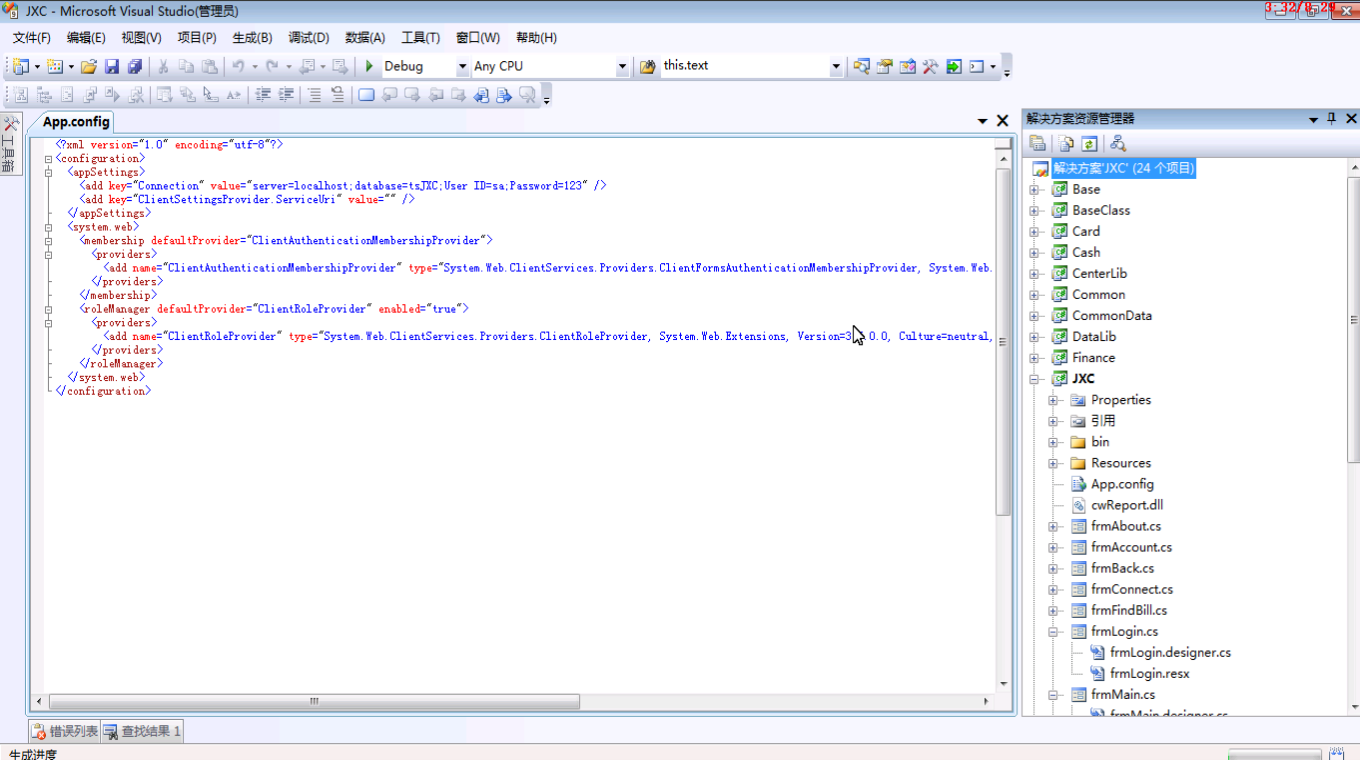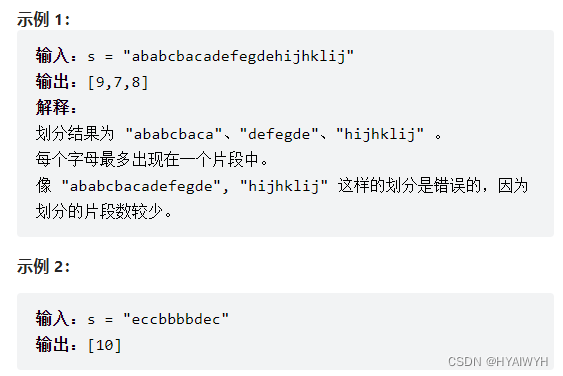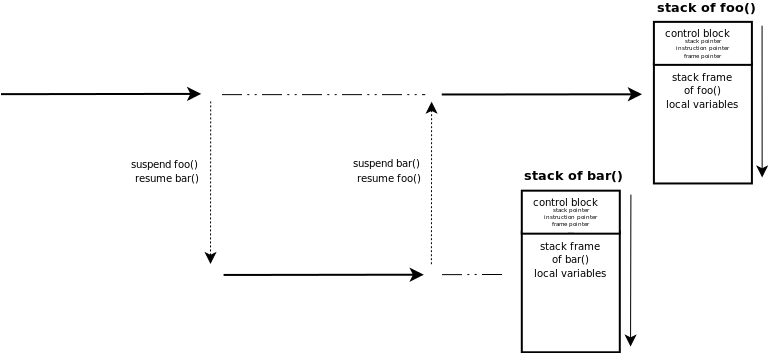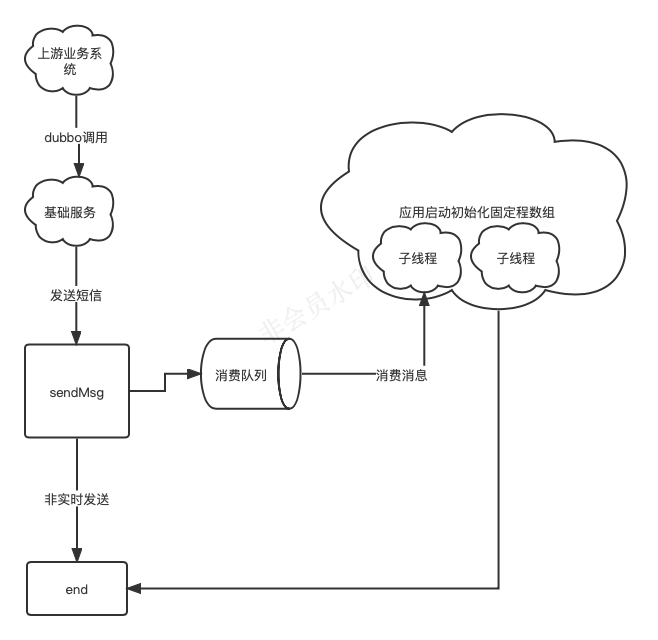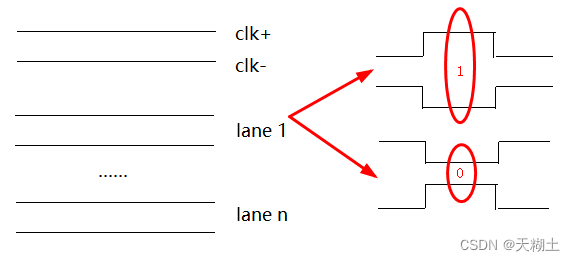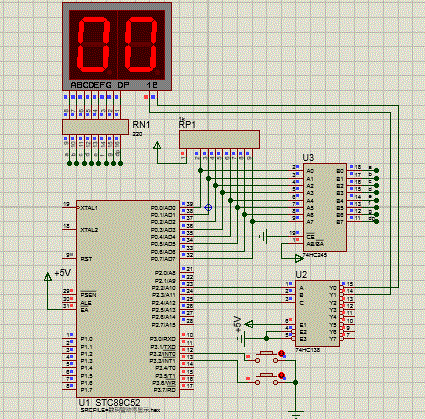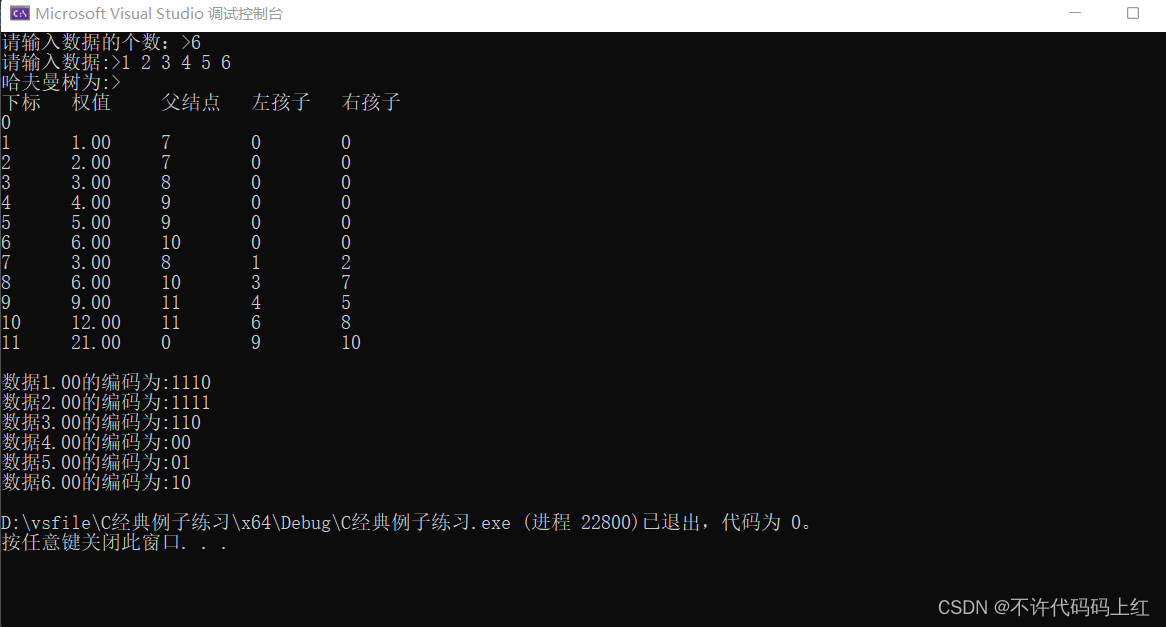Cron深度解析
思想
对于cron 这个三方库来说,他可以说是做两件事,其一是:解析cron string,生成一个定时器,达到循环时间发送信号。其二是核心(引擎):用以执行,判断,接收任务,停止cron等事情。
核心思想是面向接口,抽象开发。只有抽象才能使得哪怕九年时间过去,依然是这么简洁,普及。因为脱离了现实世界到达了柏拉图心中的理念世界理想国。
而为什么接口的实现是只要继承接口方法而不是保持对象信息呢?柏拉图的理想国认为现实世界的一切都是理念世界中各自本体的投影。那本体有哪些特征可以被用来在现实世界中与对象做判断呢?这里就涉及到唯心唯物了。主观唯心认为我与世界交互所以有了世界,如王阳明,笛卡尔,康德,佛教教义。把他们划到主观唯心也是不太对的,因为或许这就是真相,但却用两个带有偏见的名词对其做概括。之所以说主观唯心,一句诗概括就是:你未看此花时,此花与汝心同归于寂:你来看此花时,则此花颜色一时明白起来:便知此花不在你的心外。就像判断结构体是否实现接口就看是否实现了动作!因为只有动词 表示的是我在与世界做交互,互动所以有了世界。
robfig/cron at v3.0.1架构图
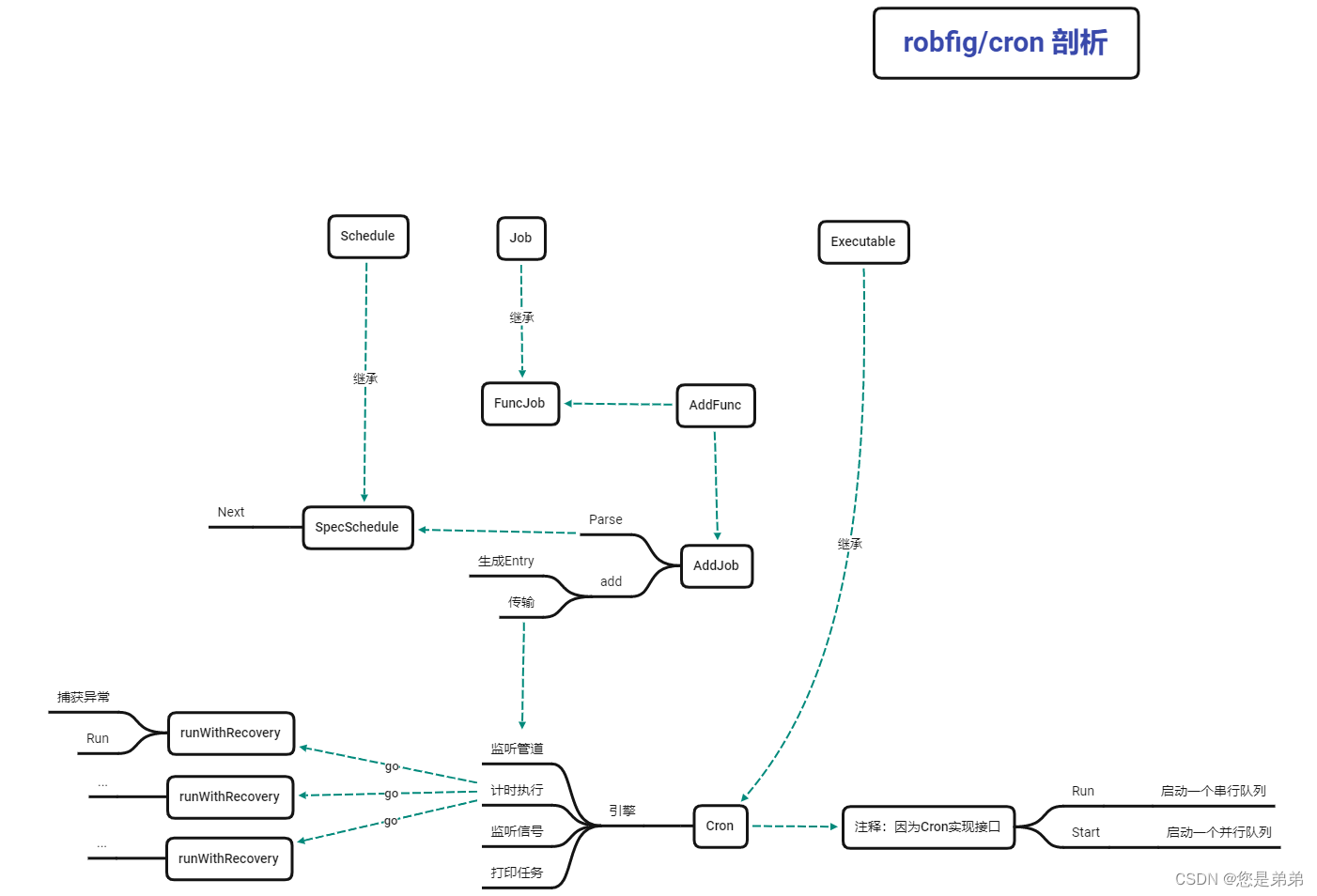
关键位置分析
Cron 实现 Executable 接口
Executable 接口 有三个方法,Cron结构体继承。
- 通过Start 会 启动一个并行队列
- 通过Run 会启动一个串行队列
// Start the cron scheduler in its own go-routine, or no-op if already started.
func (c *Cron) Start() {
if c.running {
return
}
c.running = true
go c.run()
}
// Run the cron scheduler, or no-op if already running.
func (c *Cron) Run() {
if c.running {
return
}
c.running = true
c.run()
}
Cron 结构体分析
// Cron keeps track of any number of entries, invoking the associated func as
// specified by the schedule. It may be started, stopped, and the entries may
// be inspected while running.
type Cron struct {
entries []*Entry
stop chan struct{}
add chan *Entry
snapshot chan []*Entry
running bool
ErrorLog *log.Logger
location *time.Location
}
- entries:指针切片,用以执行当中的entry(即每一个任务)以及接收传进来的任务
- stop:停止信号
- add:接收传输管道
- snapshot:entries 副本,打印需要
cron string 解析
在 AddJob 方法中,通过Parse 函数获取实现了Schedule 接口的结构体:SpecSchedule
func parseDescriptor(descriptor string) (Schedule, error) {
switch descriptor {
case "@yearly", "@annually":
return &SpecSchedule{
Second: 1 << seconds.min,
Minute: 1 << minutes.min,
Hour: 1 << hours.min,
Dom: 1 << dom.min,
Month: 1 << months.min,
Dow: all(dow),
}, nil
case "@monthly":
return &SpecSchedule{
Second: 1 << seconds.min,
Minute: 1 << minutes.min,
Hour: 1 << hours.min,
Dom: 1 << dom.min,
Month: all(months),
Dow: all(dow),
}, nil
......
}
// 该结构体实现了 Schedule 接口
type SpecSchedule struct {
Second, Minute, Hour, Dom, Month, Dow uint64
}
引擎解析
// Run the scheduler. this is private just due to the need to synchronize
// access to the 'running' state variable.
func (c *Cron) run() {
// Figure out the next activation times for each entry.
now := c.now()
for _, entry := range c.entries {
entry.Next = entry.Schedule.Next(now)
}
for {
// Determine the next entry to run.
sort.Sort(byTime(c.entries))
var timer *time.Timer
if len(c.entries) == 0 || c.entries[0].Next.IsZero() {
// If there are no entries yet, just sleep - it still handles new entries
// and stop requests.
timer = time.NewTimer(100000 * time.Hour)
} else {
timer = time.NewTimer(c.entries[0].Next.Sub(now))
}
for {
select {
case now = <-timer.C:
now = now.In(c.location)
// Run every entry whose next time was less than now
for _, e := range c.entries {
if e.Next.After(now) || e.Next.IsZero() {
break
}
go c.runWithRecovery(e.Job)
e.Prev = e.Next
e.Next = e.Schedule.Next(now)
}
case newEntry := <-c.add:
timer.Stop()
now = c.now()
newEntry.Next = newEntry.Schedule.Next(now)
c.entries = append(c.entries, newEntry)
case <-c.snapshot:
c.snapshot <- c.entrySnapshot()
continue
case <-c.stop:
timer.Stop()
return
}
break
}
}
}
就是一个循环,循环等,循环加。
改进点
可以发现在这其中并没有写注销某一个定时任务的方法
但是想实现也是比较简单的,加一个case,监听channel,遍历 entries,找到目标,删除掉就ok了
但是既然它不加,应该是有原因的,不加的原因应该是处于经验考虑的吧?




